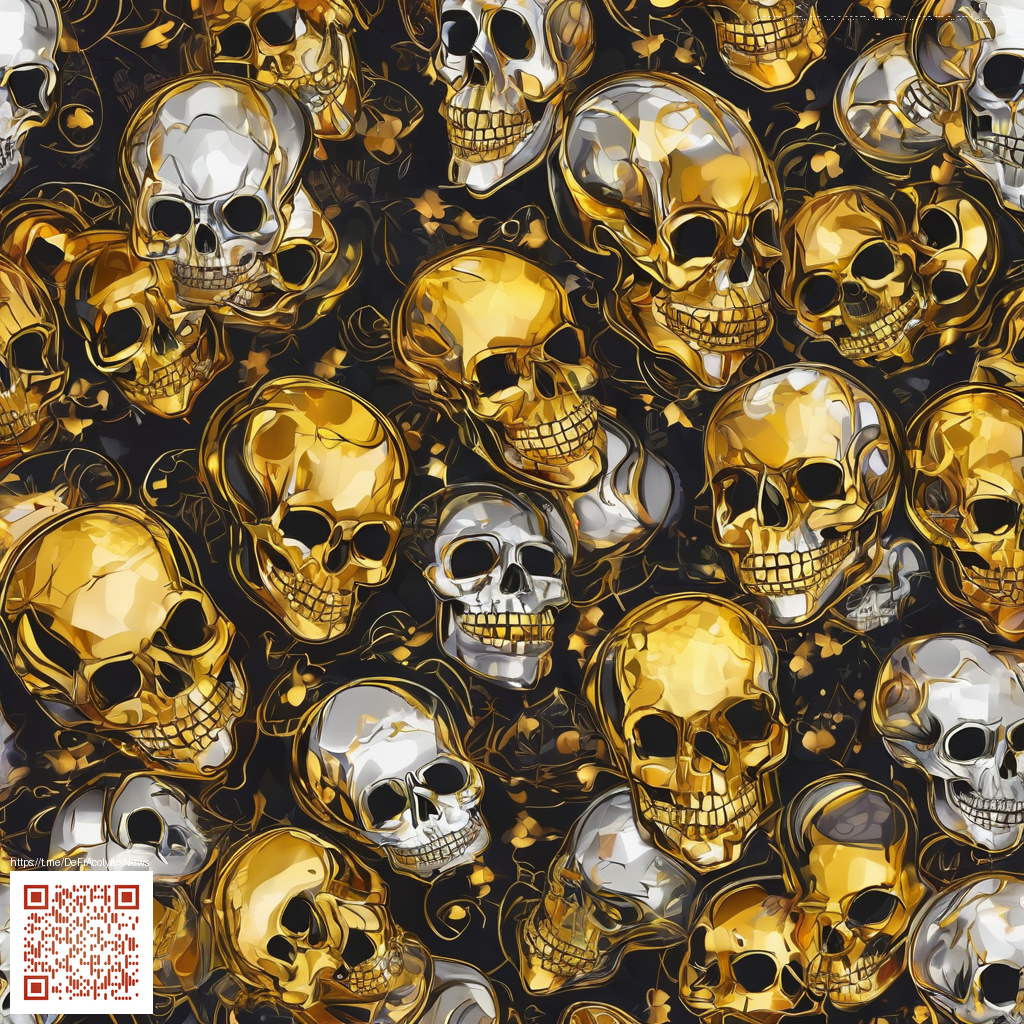
Designing LUTs and color presets: a practical guide for videographers
Color grading is more than a technical step in post-production; it is the storytelling layer that shapes mood, tone, and narrative clarity. LUTs (look-up tables) and color presets act as a shared language for your footage, turning disparate shots into a cohesive aesthetic with just a few clicks. When you design your own LUTs, you’re not just picking a color grade—you’re encoding a vision for how the world should feel on screen.
From theory to practice: key concepts you’ll need
LUTs are essentially recipe cards for color. They map input values from a source color space (like Log or RAW) to a target space (such as Rec.709) and apply a mood, contrast curve, and saturation profile in a single operation. To design有效 LUTs, start with a clear color language — what story are you telling, and how should light, shadow, and texture communicate it?
- Color space and gamma: Decide whether your base footage sits in Log, RAW, or a standard gamma curve, then choose a compatible color space for your output.
- Exposure and contrast: Establish a baseline exposure look that keeps highlights controlled while preserving detail in shadows.
- Saturation and skin tones: Build a consistent skin-tone roll-off and a measured saturation plan to avoid oversaturation across different scenes.
- Layering looks: Think in tiers—neutral base, creative lift, and refinements for shadows or highlights. Your presets should be as transportable as possible so you can apply them across camera profiles.
Crafting color presets: a practical workflow
Designing effective presets is about modularity and repeatability. Start with a core LUT that defines your vanilla look, then create secondary presets for specific conditions—indoor tungsten, daylight with haze, or high-contrast street scenes. This modular approach makes it easier to adapt to new shoots without reinventing the wheel each time.
- Audit your footage from representative shoots to identify consistent color cues and problem areas.
- Calibrate your monitor and verify consistency with a color chart under varied lighting.
- Develop a base LUT that preserves natural skin tones and clean midtones across cameras.
- Create scene-specific presets to quickly dial in mood while maintaining core brand colors.
- Document versioning and metadata to keep a searchable library for future projects.
“A well-constructed LUT is like a reliable compass for color; it points you toward a consistent look while giving you room to fine-tune the journey.”
For teams managing a growing library of looks, consider tying presets to a workflow that echoes real-world gear organization. Just as a rugged, purpose-built accessory keeps essentials close at hand—think about a durable phone case with card holder—your LUTs should be portable, durable, and easy to deploy on location. It’s not just about beauty shots; it’s about dependable color control wherever the shoot takes you. If you want to see how different looks translate in real projects, a project gallery at this page demonstrates how cohesion can emerge from thoughtful presets and consistent lighting choices.
Practical tips for fast, reliable results
- Label and categorize LUTs by mood (cinematic, documentary, vibrant, muted) and by camera profiles you support.
- Keep a “safe” version of each LUT that performs well at Tele and Rec.709 without crushing shadows.
- Create test clips that cover a range of lighting scenarios to validate performance before you roll out a preset.
- Share a version history with your team so everyone can track changes and rationale behind each look.
- Back up your LUTs and presets in a centralized library with clear documentation on usage and recommended contexts.
As you explore your color language, remember that LUTs are tools to accelerate storytelling, not constraints. The best presets feel invisible: they enhance mood without drawing attention to themselves, leaving viewers immersed in the moment. When you approach color design with this mindset, the results scale across projects, cameras, and platforms.